Let's take a walk around Ise Jingu. Enjoy all day long! Ise Jingu- recommended spots in the surrounding area

Table of Contents
In the Edo period, people wished to visit Ise Jingu at least once in their lives, the “hometown of the heart” of the Japanese people. Locals call it “Oise-san” and have been familiar with it for a long time. It is also popular as a day trip spot because it can be reached in about two hours by car from Nagoya.
This time, we will introduce a recommended model course that tours representative attractions and recommended spots in the surrounding area.
8:00 AM Let's eat "morning porridge" at "Ise Sekiya Main Store" before visiting the shrine!

When visiting Ise Jingu, it is customary to go from the Outer Shrine to the Inner Shrine. Also, you can avoid crowds by going early in the morning, so it is recommended to go as early as possible.
So how about having breakfast before visiting the shrine? We would like you to visit "Ise Sekiya Honten", which manufactures and sells seafood delicacies such as Sangu abalone for gifts. The main store is located in front of the outer shrine, and the restaurant "Asora no Chaya" is attached to the store.

Morning rice porridge 1,000 yen
The breakfast rice porridge that comes with the set includes grilled fish, pickles, and tofu for 1,000 yen. Each vessel is beautiful and makes you feel sacred before visiting the shrine.
The morning porridge in front of the Geku feels luxurious. It's also good to wake up a little earlier than usual and start the "Ise pilgrimage" with morning porridge.
[Asora no Chaya]
Address: 13-7 Honmachi, Ise City, Mie Prefecture 516-0074 (Geku Omotesando)Morning porridge 7:30 a.m. to 10:00 a.m.
Afternoon 11:30 a.m. - 2:30 p.m.
*You can enjoy it at the time when each noren is hanging.Closed on Wednesdays
https://www.sekiya.com/
9:00 a.m. Visit the outer shrine

After breakfast, head to the outer shrine.
Ise Jingu is affectionately called "Oise-san" or "Daijingu-san", but its official name is "Jingu". The "Naiku" (inner shrine) enshrines "Amaterasu Omikami", the ancestor of the imperial family, who is likened to the sun, and is worshiped from all over the country.
"Geku" is the enshrined deity of Toyouke Omikami, the guardian deity of industry, who presides over the meals of Amaterasu Omikami. In addition, there are 14 separate shrines, 43 auxiliary shrines, 24 subordinate shrines, and 42 jurisdictional shrines, and all of these 125 shrines are called Jingu.

The center of the approach is considered to be the path for the gods, so it is basically taboo to walk in the center. The outer shrine is left-handed, and the inner shrine is right-handed, so be careful when walking.

Speaking of shrines, many people think of drawing omikuji (fortune-telling), but Ise Jingu does not have omikuji. The reason for this is that it is said that the day you visit Ise Jingu is auspicious day for everyone. In the Edo period, anyone who was able to make a pilgrimage to Ise would be lucky, as it was a place that was admired as "a once-in-a-lifetime visit to Ise".

This is "Seimiya". About 1,500 years ago, Toyouke Omikami, who is enshrined in the main shrine, was welcomed to the current location from Tanba Province as the miketsukami, the food goddess of Amaterasu Omikami.
You can take pictures up to this point, but at the Mikeden in the back, the ritual of offering food to the gods called Shinsen has been held twice a day in the morning and evening for 1,500 years.

After thanking the main shrine, let's go to "Betsugu". "Taganomiya", "Tsuchinomiya", and "Kazemiya" are also said to have power, so please visit them together.

There are also unknown power spots near Taganomiya. Because it looks like a sleeping Jizo-sama, it is popularly called "Nejizo-seki" or "Jizo-seki".
They tend to pass by, so please pet them gently when you find them.
There are other power spots in Geku, so if you have time, please take the time to visit them!
[Ise Jingu (outer shrine)]
Address: 279 Toyokawacho, Ise City, Mie Prefecture
"From Heisei to Reiwa" I went to the last visit to Ise in Heisei. (Geku)
AM 10:30 After visiting the Outer Shrine, head to the Inner Shrine

After visiting the Outer Shrine, move to the Inner Shrine. It takes about 10 minutes by car. You can get there by bus in about 20 minutes.
Partly because Naiku is adjacent to Okage Yokocho, many people think that Ise Jingu = Naiku only, or they don't have the time to visit Naiku alone... The current situation is that there are many people who say that.
When visiting Ise Jingu, visiting either the Outer Shrine or the Inner Shrine is called kata-mairi, and is considered an act to be avoided. If you go all the way to Ise Jingu, be sure to visit the Outer Shrine and the Inner Shrine as well!

To get to the inner shrine, after passing through the main gate, cross the "Uji Bridge" over the Isuzu River. This Uji Bridge is considered to be a bridge between the profane world and the divine world, and it is said that crossing the bridge leads to the divine realm.

One thing you should be careful about when visiting the shrine is your attire. When visiting the shrine, you can wear what you normally wear (however, refrain from wearing clothes that reveal too much). put away.
The main shrine is farther than you might imagine, so please wear comfortable shoes when visiting.

After about 10 minutes of walking, we finally arrived at the main shrine. The official name is "Kodai Jingu". The enshrined deity enshrines Amaterasu Omikami, the ancestral deity of the imperial family and the great deity of the Japanese people.
The formal way of worshiping at Ise Jingu is the same as at regular shrines: two bows, two claps, one bow.
This is a place where you can express your gratitude to God, so please do not make personal requests.

After visiting the main shrine, go to Betsugu. On the way to Betsugu, a very large "Jingu cedar" is planted. This place is also known as a hidden power spot.

Everyone is stopping and touching the tree, making the surface slippery.

Personal wishes cannot be made at the main shrine, but at the separate shrine, Aramatsurigu, it is said that you can make a specific wish.
Other shrines include Tsukiyomi no Miya, Takihara no Miya, Izawa no Miya, Kazahi no Minomiiya, Yamatohime no Miya, so please visit them as well.
[Ise Jingu (inner shrine)]
Address: 1 Ujidatecho, Ise City, Mie Prefecture
"From Heisei to Reiwa" I went to the last visit to Ise in Heisei. (Naiku edition)







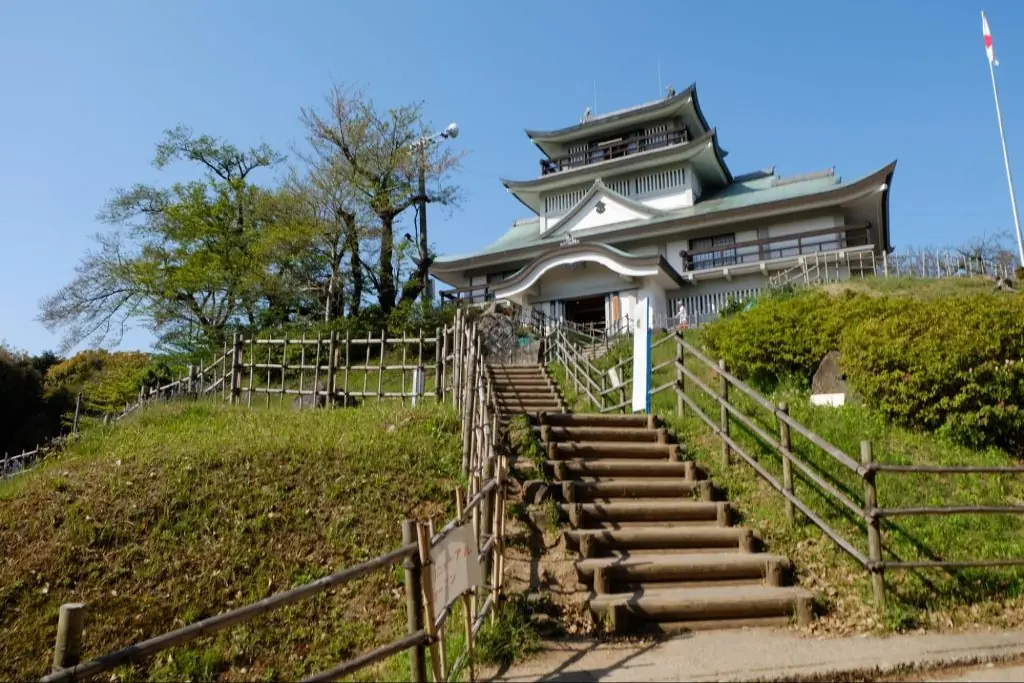



![[Ise city] Glamping Facility "Grand Ocean Ise Shima" where Ise Bay Spreads Out in Front of You](https://life-designs.jp/wp/wp-content/uploads/2020/12/fc25d89af250fffbf075ba9f5d860d6d-1024x683.jpg)
![[Ise] MARCI, A Lifestyle Store and Cafe that Adds Color to Your Daily Life](https://life-designs.jp/wp/wp-content/uploads/2020/06/image17-9-1024x683.jpg)


![[Indoor Facilities] Where to Go on Rainy Days in Tokai Area! For Family Outings!](https://life-designs.jp/wp/wp-content/uploads/2023/07/FotoJet-23.jpg)





![[Tokai Area] Place to Go on Rainy Days!](https://life-designs.jp/wp/wp-content/uploads/2022/03/f76405aaa33944a4ba88a131fbc56523-768x435.png)
![[Special Feature] Enjoy Outdoor Activities!](https://life-designs.jp/wp/wp-content/uploads/2019/12/LD_banner_w1920x1088_outdoor-1-768x435.jpg)
![[Sauna Specials] Feel Revitalized in Sauna!](https://life-designs.jp/wp/wp-content/uploads/2021/07/Sauna-1024x580.jpg)
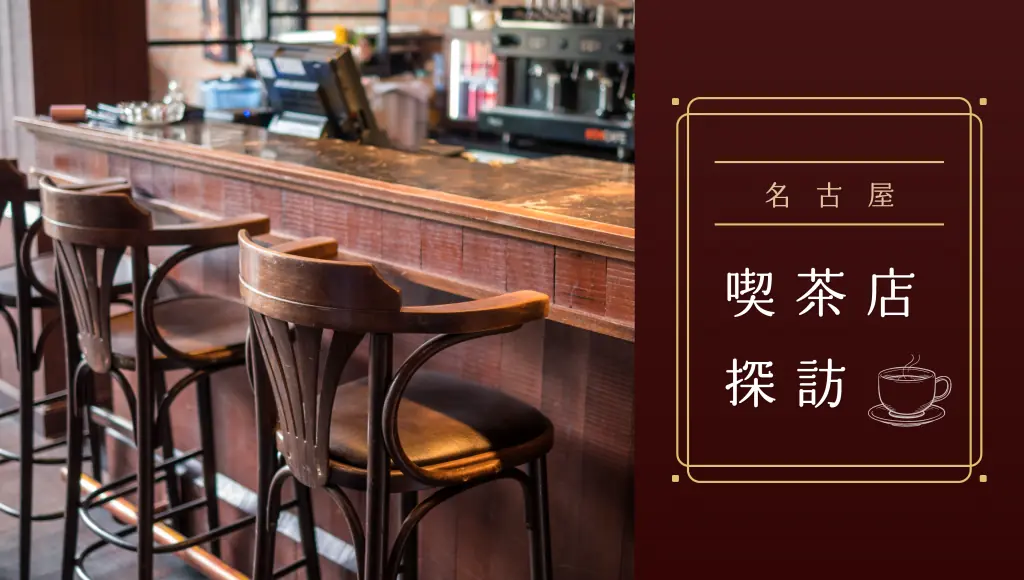
![[Nagoya-meshi] Nagoya's Speciality Dishes](https://life-designs.jp/wp/wp-content/uploads/2022/06/5ba2ca8c038fd4af7527bc0826367cfb-1024x580.png)








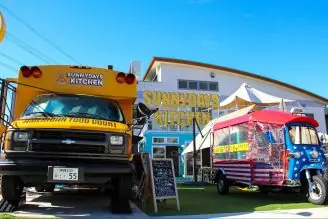










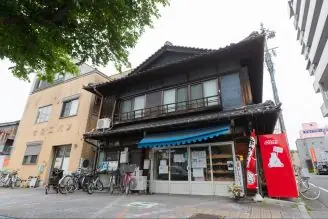












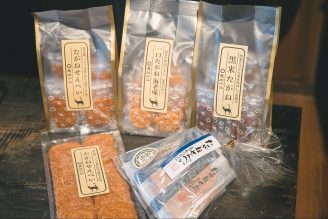



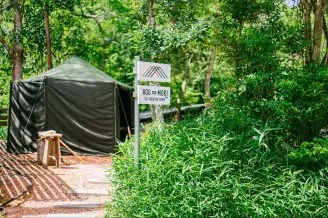



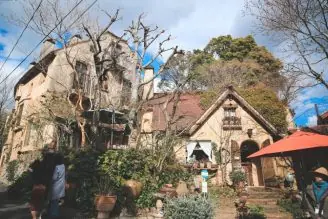








![Onigiri is hot right now! Summary of Osu's Onigiri Specialty Shops [5 selections].](https://life-designs.jp/wp/wp-content/uploads/2023/11/onigiri-1024x768.jpg)


![[Within 2hrs by Car] 12 Outing Areas where You can Go on a Day Trip from Nagoya!](https://life-designs.jp/wp/wp-content/uploads/2023/07/odekake12_w1200h900_20240422-328x246.png)

![Toyota Commemorative Museum of Industry and Technology [Part 1]: TripAdvisor's No.1 Factory & Social Studies Tours!](https://life-designs.jp/wp/wp-content/uploads/2019/07/image51-3-150x100.jpg)

